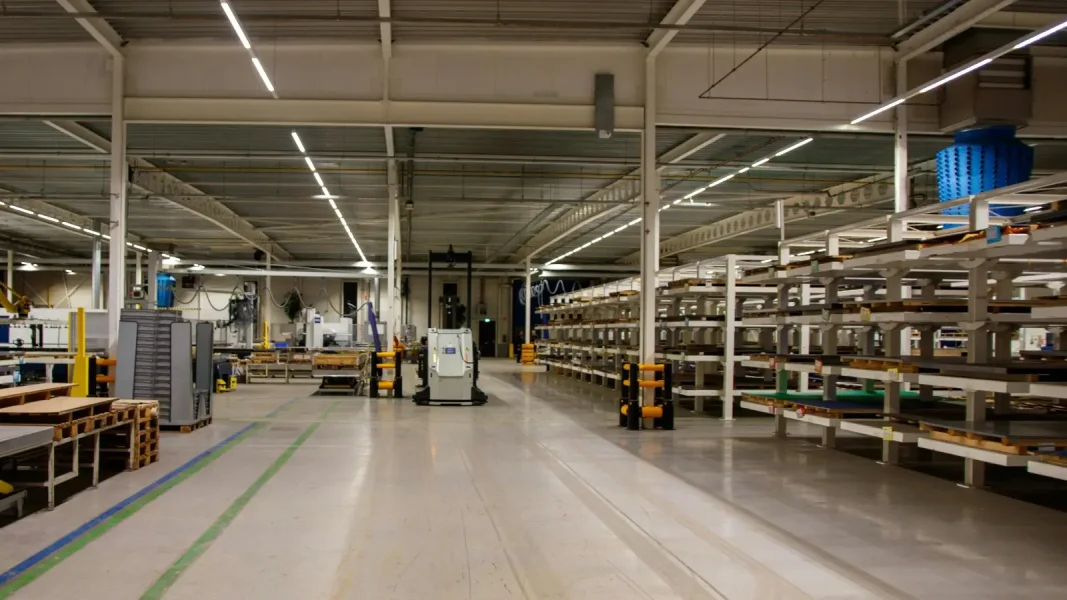The success of retailers largely relies on their ability to find the right balance between pricing, promotions, and inventory management. These three key aspects of retail strategy are closely interconnected and directly influence profitability and customer satisfaction.
Pricing plays a crucial role in the perceived value by customers. An effective pricing strategy can boost sales, maximize profitability, and strengthen a company’s competitive position. However, determining the right price for products requires considering numerous factors such as production costs, logistics costs, competition, and the brand’s price image.
Promotion is a powerful lever to attract customers, generate demand, and foster loyalty. However, inconsistent, badly planned, or poorly executed promotions can lead to imbalances in the supply chain.
Lastly, inventory management is essential for maintaining the balance between supply and demand. A proactive approach based on forecasting is indispensable for optimizing inventory levels.
In this article, we delve into the interdependencies between pricing, promotions, and inventory management. We also explain how retailers can adopt an integrated approach, leverage technology, and thus maximize their performance.
Interdependence between pricing, promotions, and inventory management
Close links between pricing, promotions, and the supply chain
Pricing, promotions, and inventory management are closely interconnected elements in the overall strategy of retailers. Each aspect directly influences the others, creating interdependence.
Pricing affects consumer demand. High prices can lead to a decrease in demand and an accumulation of unsold inventory. Conversely, if prices are set too low, sales can skyrocket, posing risks of stockouts.
Promotions artificially boost consumer demand over a specific period. Demand is disrupted from its usual level. The impacts on the supply chain are significant. Promotional activities complicate forecasting and often require separate logistics flows, including overflow warehouses for storage.
Moreover, promotions generate cannibalization effects. A promotion for one product impacts all other products in the category. It alters demand and sales forecasts for all affected products, thus affecting inventory management. Therefore, the halo effect must be taken into account, which refers to the consequences of a promotion on associated products, such as the purchase of charcoal during a barbecue promotion. Badly planned promotions can create imbalances in inventory.
Furthermore, the effects of promotions and the perceived value by the customer depend on the pricing policy of the retailer and the store.
Conversely, inventory management also influences pricing and promotions. Excess stock leads to additional storage costs and affects profitability. To clear the stock, it may be necessary to reduce prices.
Consequences of an imbalanced management of pricing, promotions, and stocks
- Reduced profitability : Poorly set prices or poorly executed promotions can result in an overall decrease in profit margins and earnings. Inadequate stock management leads to overstocking or stockouts, which can also incur additional costs and impact profitability.
- Customer dissatisfaction : Excessively high prices can discourage customers and lead them to seek cheaper alternatives. Inconsistent promotions or stock shortages can create frustration and loss of trust.
- Loss of competitiveness : Imbalance among these three key elements can result in a loss of competitiveness compared to other retailers.
Retailers who manage to find the right balance between pricing, promotions, and stock management improve customer satisfaction, retain their customers, and gain competitiveness and profitability.
It is essential for retailers to understand the close relationships between price, promotion, and stock management and implement processes that allow for complementary and balanced management of these aspects.
How to evolve towards an integrated approach to pricing, promotions, and inventory management ?
Correcting sales history
In retail, any action on prices has an impact on consumer demand. Consequently, it renders forecasts based on “normal” demand, which supply chain teams rely on for procurement and inventory management, obsolete.
To find the right balance between pricing, promotions, and inventory management, it is essential, above all, to correct sales history.
However, beware that correcting sales history doesn’t apply solely to products whose prices have changed. When the price of a product changes, the entire category is potentially affected.
Therefore, it is necessary to calculate the impact of price changes or promotions on all products in the category, including products affected by the halo effect. The impact is particularly strong on substitutable products, so it’s crucial to identify them accurately and correct the sales history of all the relevant products.
The corollary is that price changes facilitate the identification of substitutable products and contribute to category-level analysis.
Recalculating reliable forecasts
Once the sales history has been adjusted, it is possible, using a forecasting solution, to calculate reliable forecasts based on consumer demand (both online and offline). These forecasts then serve as guidelines for the supply chain teams.
Today, forecasting tools automatically adjust sales histories. They calculate the effects of promotions and price variations and take them into account when calculating forecasts. As a result, the impact of price changes on forecasts and inventory is better understood and can be more easily integrated into decision-making.
This is especially true for the best supply chain solutions, which allow for the calculation of different versions of the forecast, with or without promotions, for example, and anticipate the effects.
Our Optimix Supply Chain XFR solution is designed to help companies improve their planning and supply management. With XFR, forecasters, logisticians, and category managers can collaborate around a shared version of the forecast and better assess the impact of their decisions.
Facilitating communication between departments through forecasting
When departments operate in silos, decision-making is based on a fragmented understanding of the impacts. Forecasting contributes to the emergence of a holistic vision, taking into account all the impacts.
This evolution requires both process and tool advancements. Current pricing tools promote matching and range coherence, acting globally at the category level to limit cannibalization risks, for instance. Supply chain solutions, such as Optimix XFR – Forecast & Replenishment, correct sales histories and generate forecasts considering price and promotion effects. They also incorporate other factors like seasonality, recurring events, and weather data.
This data-driven approach enriches decision-making. Teams can now share reports, dashboards, and utilize data and forecasts to fuel collaborative thinking.
Regardless of the intended objective (increasing sales, boosting margins, clearing inventory), collaboration around data and forecasting enhances strategic deliberation. Each decision, such as price-related choices, can be evaluated based on estimated impacts on the supply chain, and vice versa.
- - - - - - - - - - - - - - - - -
The balance between pricing, promotions, and inventory management is a key success factor for retailers. It represents efficiency gains and profitability, improvement in customer satisfaction, and increased competitiveness.
Given the uncertainties facing the retail industry, the benefits are apparent. However, today, many retailers still operate in silos. Pricing policies, promotions, and supply chain management remain largely isolated due to a lack of adoption of truly collaborative processes and tools.
Today, intelligent solutions like our Optimix XFR supply chain solution automatically adjust sales history to calculate “unpolluted” forecasts unaffected by price variations. When coupled with a pricing solution such as Optimix XPA – Pricing Analytics, which ensures range consistency, it promotes collaboration among teams and considers all the impacts of each pricing or inventory management decision.







